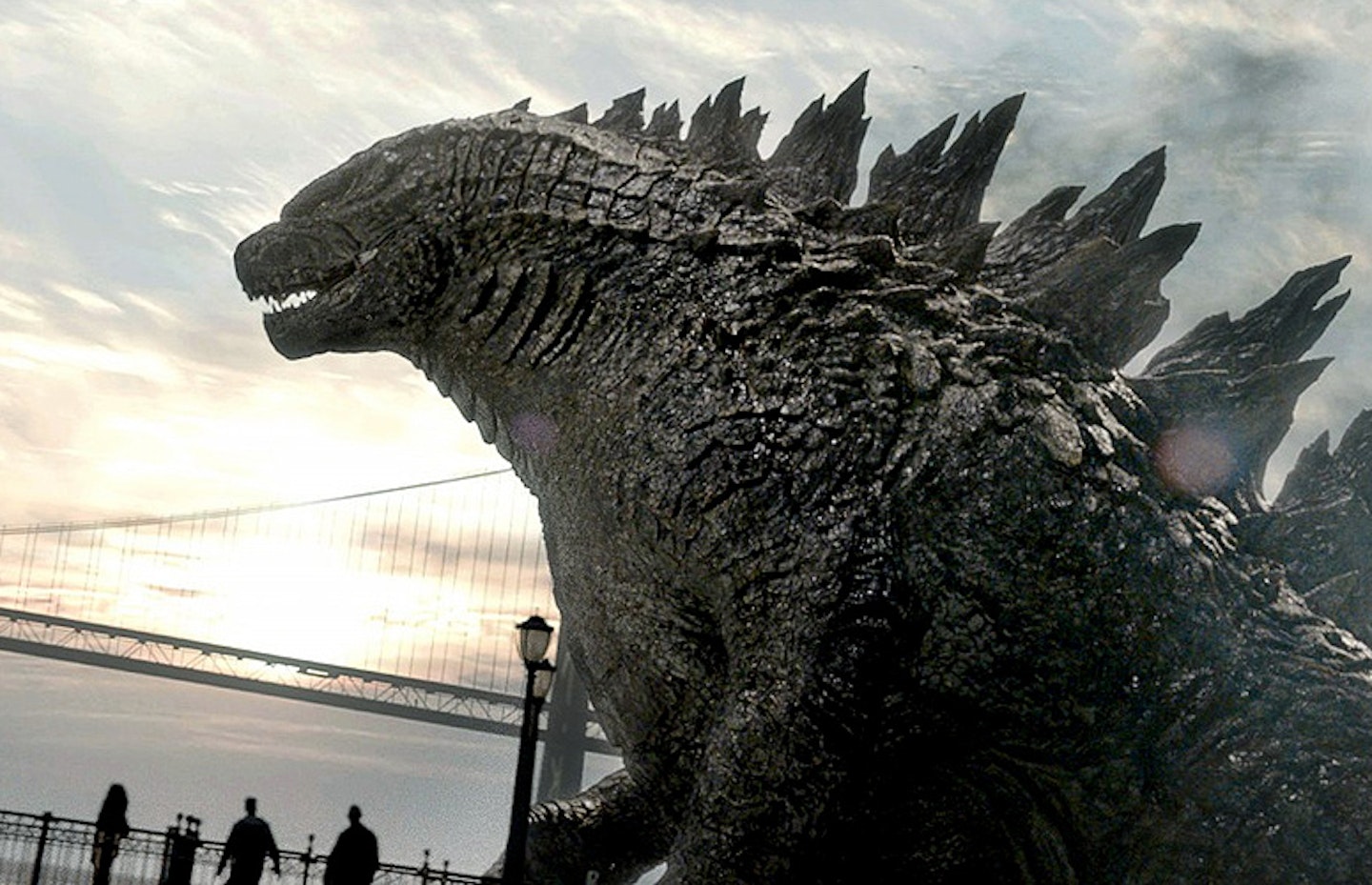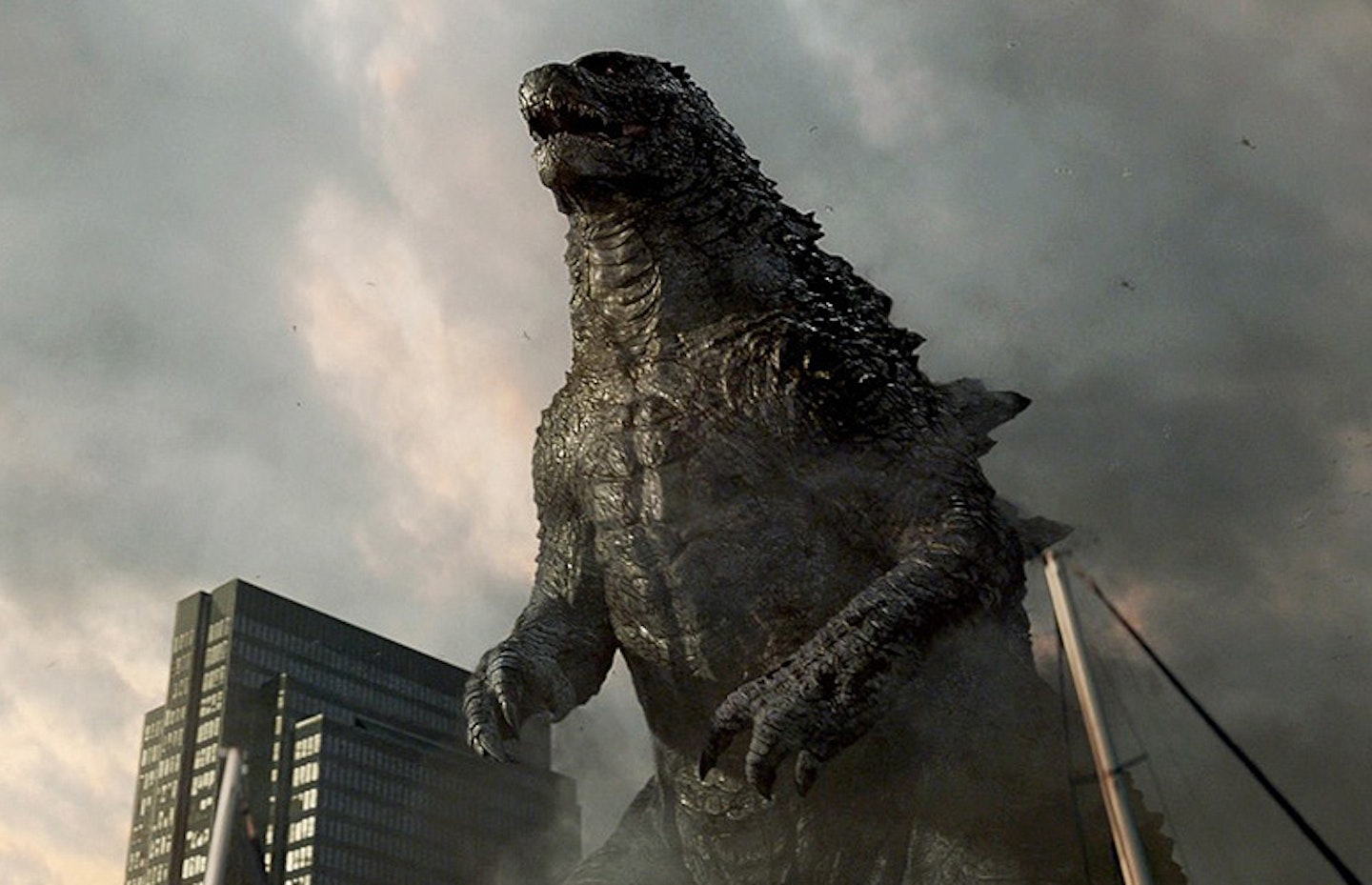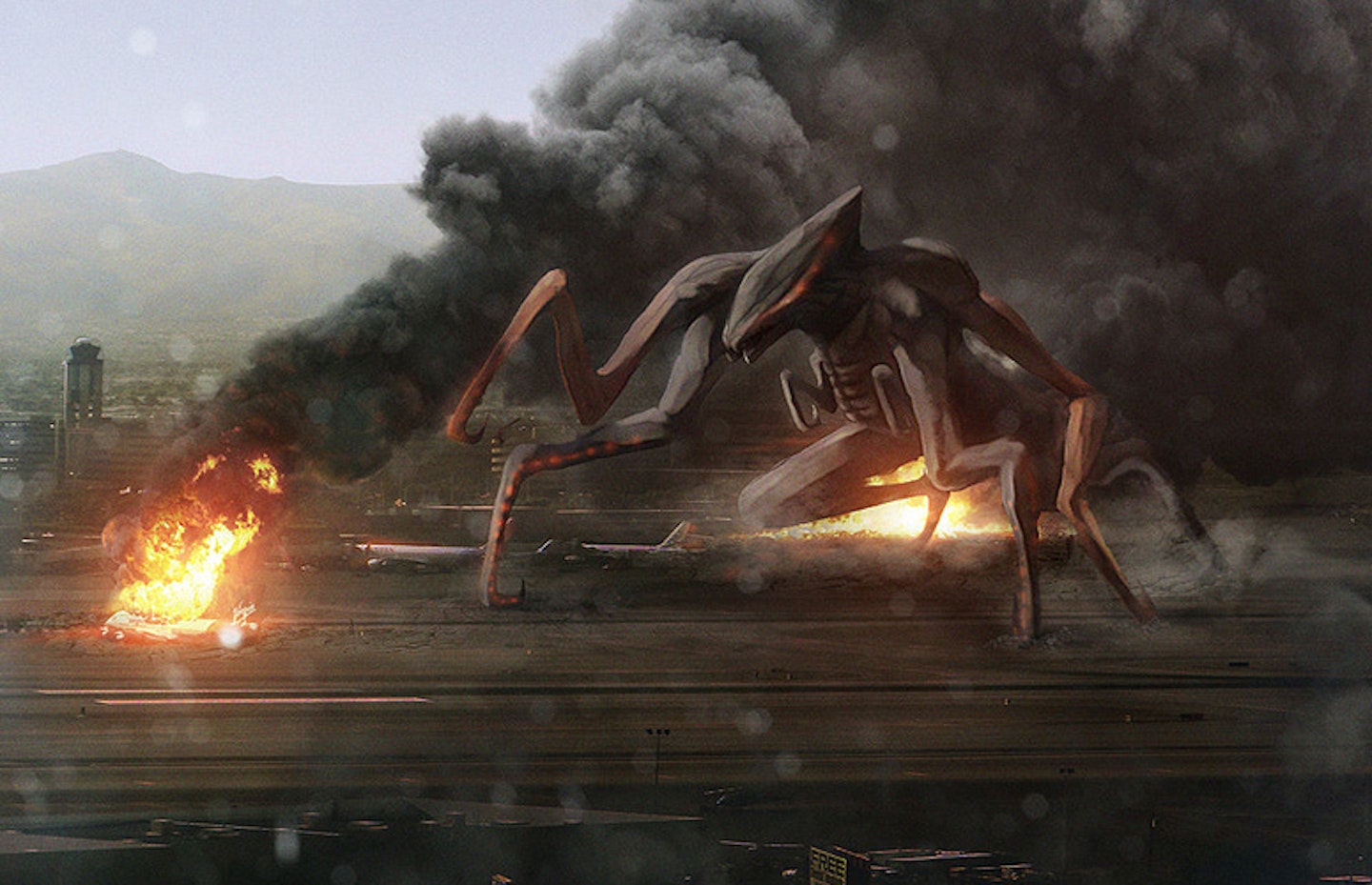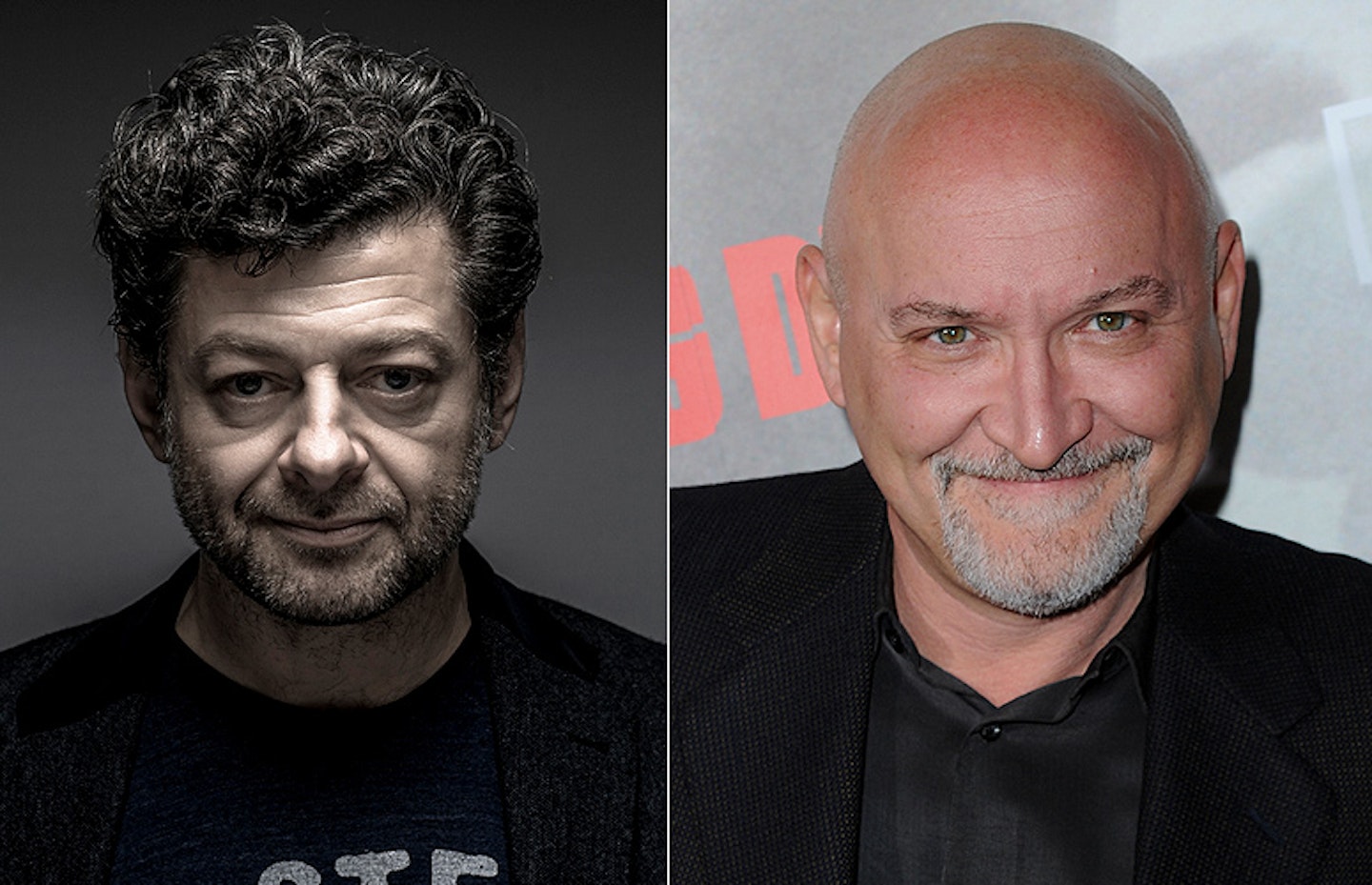If you’ll pardon the weak wordplay, Godzilla crushed it at the box office, earning $100 million-plus in its opening weekend. Now, for the many people who saw the film, there are questions to be answered. Thank Godzilla that the director of the film, Gareth Edwards, stopped by Empire to spill some beans – beans you can hear (in a fashion) on this spoiler special Empire Podcast. But if you’re not into the whole listening thing, you can also read the beans below. Be warned: this feature is crafted from 100% pure spoiler, so you’ll definitely want to watch the film before reading further.

“What happens is that everything occurs in parallel. You’re working on the screenplay while you’re building sets, while you’re casting the movie, while you’re doing pre-vis and animation and all sorts of things. So what was set in stone for me, what was never going to change really, were the major set-pieces. That’s what got all my attention in a lot of the pre-production, knowing that the rest we could get right as we went along.
“So they were the milestones of the movie that we knew we were going to reach at some point, and it was just how they connective tissue between them was going to work. That’s what got refined and changed as we evolved the film. You write the movie and then you film it and rewrite it and you edit it and you rewrite it. If you could just teleport the movie back in time to before you started, it would be so much easier. You’d go, ‘Oh, that’s it, of course, I know how to do it.’”

“The decision was to kill Joe Brody, the character in the movie [not Bryan Cranston]. Then we were all, ‘Who’s going to play him?’ And you look around, and Bryan’s a phenomenal actor and we thought we’d be blessed if he did it. I’ll be honest with you: we tried versions in the screenplay where he survived. And in every one we did that with, there was nothing else that character could do without being silly. If he sticks with Ford, it becomes Indiana Jones And The Last Crusade, and the tone of the movie becomes fun, but not the tone we were trying to do. And if he sticks with the military guys, he’s like a fifth wheel. His job was done in the storyline there. And retrospectively, when you get to see the movie, I understand [why people are upset].
“We did try to make it work. It was “all ideas welcome”, even with Bryan. But as a story beat, he becomes redundant once he’s handed over the baton to the rest of the cast.
“I also wanted people to think, “Oh! They’re willing to do that… Wow, okay. Maybe this isn’t going to end how I think it will.” It throws people a bit. I like that in movies – when you stop thinking they’re going to everything you could predict.”

“[As well as the fact that “mothra” is written on the side of the terrarium], there was when Ford was a kid, and he heads out of his bedroom, the camera goes up to a poster. On the poster, in Japanese – because obviously we all know Japanese – the title of that film is “Let Them Fight”. If you look at the images, they are M.U.T.O.s and a nuclear reactor and the Golden Gate Bridge. The movie is represented on that poster.
“In the classroom, when there’s the power cut, they’re watching a video about how a cocoon hatches on the TV when it cuts off. On the walls there are the lifecycles of butterflies.
“And at the end of the movie when Ford gets on the boat in San Francisco, the boat has ‘Go Whales Tours’ on the side, and the Japanese word for Godzilla is ‘Godjira’, and ‘Jira’ means whale, so it’s like saying ‘Godzilla Tours’.
“And those origami peace cranes in the classroom were just a nice detail that the art department put in, then once I saw them I thought, ‘You know what we should have done? They should have been M.U.T.O.s up there. Subconsciously, that would have been good.’ I kept asking the visual effects people and there were polite responses like, ‘We’ll see if we get time… We have more important things to do, like all the visual effects for the movie.’”

“There were something like 990 shots – I’m not sure. The thing I’m most proud of it that most of these kind of films have closer to 2000 effects shots, and we have nearly half what these other movies have. When they said that, I was saying to the visual effects producers, ‘See? What are you worried about? It’ll be okay!’ They said, ‘Gareth, your shots are over twice as long as the average shot, which makes it even harder.’”

“It was always going to be blue. At one point we dabbled with lightning, to make it a little bit more to do with nature, in terms of god-like destruction. But it was considered not enough like classic Godzilla. And that moment, actually, working out how we were going to kill the M.U.T.O., we made a last-minute decision: ‘What if he just pulls apart [the M.U.T.O.’s jaws]?’ We were going to just break the jaws, and it felt like that was too much like King Kong. ‘So what if he just vomits blue breath? Nearly a kiss?’
“We thought we weren’t going to get away with it. ‘This is absurd,’ we thought. And then we sat and did a test screening and it was everyone’s favourite moment.”

“The idea of soaking up radiation was always part of it. You get very symbolic with a monster movie, metaphorical. You’re always looking for that kind of stuff, because the reality is that monster movies are just absurd, and it’s not going to happen, and there’s no point worrying about things like that, so you try to find the hidden meaning and what they represent.
“And as the nuclear theme comes given with Godzilla, what I like about where the film ends up is that in the west we police the world and we say, ‘You can’t have nuclear weapons but we can’, and the idea that if these creatures were attracted to radiation, the tables would be turned and we’d be desperately trying to get rid of the stuff.
“That sequence where they give each other a dowry did come in post-production. A moment when they met was storyboarded, but we decided it was too expensive. Then when we watched it through, we missed it. [The way their faces, and Godzilla's spine, light up], it’s a bit Battlestar Galactica with the Cylons, or Knight Rider.”

“We called Andy Serkis very late in the day, towards the end of post production. [Effects house] MPC did pretty much all the Godzilla effects shots in the movie, and there’s a limited time to get everything right, and hand animation is a slow process. To do back and forth reiterations… it takes at least a day or longer to animate something well. So using a real actor, and having a conversation with one, taking their performance and saying, ‘Copy that, we’d like that!’ was a fast way to reach a solution.
“So Andy came in for the key, soulful Godzilla moments: when he fell, when he looks at Ford, things like that. So we could use the same eye movement, the same eye darts, to try and give it some soul.
“And Frank Darabont, he came in and gave a pass of the screenplay about two or three months before we started filming. A lot of his work remains in the film, but a big part of it is when the doors close on Juliette Binoche – this whole idea that there’s a gateway or a check point they have to get through, and that it would close, and you would see her die, and we’d have that very emotional moment. That was his biggest contribution. It’s the emotional peak of the film, potentially. That’s why he’s Frank Darabont.”